An Overview of Patent Proofreading
Patent Proofreading is a process that makes sure identification and rectification of errors as well as the accuracy of the Patents, which affect the enforceability of Patents. This process should be used as an essential step either before grant of Patent through a pre-issuance review or post-grant of a Patent.
Patent Proofreading is an essential step in the process of obtaining a Patent Registration. Even small errors or faults in a Patent document could lead to an office action/rejection of a Patent application. Patent Proofreading is a time is taken and expensive affair, which is why document review is vital.
The significance of a Patent specification cannot be over-highlighted. The issuance of a Patent depends on the way in which the specification is drafted. For this reason, it is crucial to draft the Patent carefully. The Patent specification must reveal an enabling invention; it must permit an ordinary person skilled in the same area as the invention belongs to perform or make the invention without any undue effort. The other vital aspect of a specification is that the specification finds out the extent of protection granted to the invention. Any mistakes in drafting the Patent specification could result in an entirely useless Patent. Even worse, the invention or innovation would be in the public domain, making it impossible to Patent it again.
Swarit Advisor’s Patent Proofreading service enables you to recognise errors in a granted Patent by reviewing documents collected in the USPTO Public. This not only prevents upcoming legal implications but also saves the time & efforts of the attorney.
What are the Different Parameters of Patent Proofreading?
Following are some vital parameters of Patent Proofreading:
- Compare the IFW or Image File Wrapper documents and changes of the final issued copies, line by line or read “blind”;
- Make sure that heading illustrations & labels correspond with each other & with the text;
- Claims are examined for enablement and usage of correct terms;
- Check for errors and inconsistencies in content, typography, and layout;
- Check page numbers & page headings;
- Check the table of contents against page numbers, chapter titles, and other matters such as classes, appendices, references, index, etc.;
- Ensure regular styles by following a style guide, if supplied, or compiling one on your own.
Essentials of Patent Proofreading
Following are some essentials of Patent Proofreading:
- Grammar: This might look like an irrelevant element in the Patent draft, it's not, and in fact, grammar makes a massive difference in how a sentence is perceived. The sentences should be short & clear with no room for any uncertainty, lest the Patent be rejected. Patent Proofreading aids in removing grammatical errors and making the Patent draft clear and concise.
- Patent Claim Structure: Patent Claims are debatably the most vital part of a specification. They define the borderline of protection granted by a Patent. Patent Proofreading the claims will examine or check missing and unclear antecedent references & make sure that there is support in the description for what is claimed. It will also make specific proper claim dependencies & omit indefinite claims. Given the significance of claims in the Patent draft, Patent Proofreading the claims will give a formal structure, ensuring that there is harmony between what is revealed and what is claimed for. A properly drafted Patent claim increases the possibilities of getting a Patent.
- Patent Scope: The drafting of a Patent determines the boundary of protection granted by the Patent. Patent Proofreading aids in ensuring that the extent of protection claimed by the invention is neither too extensive nor too short.
- Technicality: Proofreading the Patent draft is vital from the perspective of technical adherence. Technical specifications have been given for a Patent draft. Proofreading aids in determining whether all the technicalities have been complied with.
- Enabling Invention: Most times though the Patent draft reveals the invention, it might not reveal an enabling invention. This could lead to the refusal of the invention. Patent Proofreading aids in determining whether the draft has revealed an enabling invention or not.
Methodology of Patent Proofreading
Depending on your requirement, the proofreading can be conducted for:
- Full Patent including face/front page, claims, drawings, specs and abstract, or
- Only some sections of the Patent: claims & face page proofreading
- Face Page proofreading: It deals with the face page review of the issued/granted Patent to determine loopholes.
- Drawings & Specifications proofreading: It deals with the drawings or designs proofreading & ensuring all drawing reference numbers are clearly defined in the specification.
- Claims proofreading: It makes sure that all claim amendments have been aptly incorporated & reflect antecedent errors as well as dependency errors.
Type of Errors can be corrected.
Errors in the patent draft may occur in one or several areas such as the face page, claim section, specs covering the drawing as well.
Following errors could come to effect in this regard:
- Clerical errors
- Non-legit tables or figure
- Erroneous claim numbering
- Grammatical errors
- Errors pertaining to claim dependencies or missing claims
- Typographical errors
- Text Duplication
Although all such errors affect the enforceability of a granted patent, some errors are more severe than others. For example, the claims section is an imperative part of a patent application since it describes the patent protection's scope. Henceforth, missing or error-prone claims are one of the patents that can negatively affect patent enforceability.


